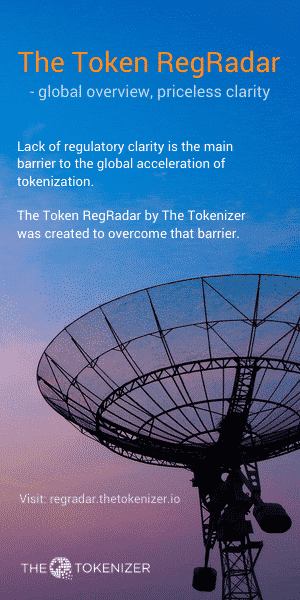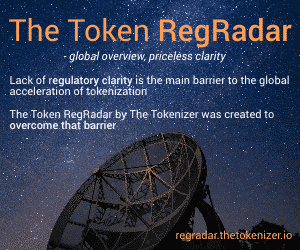Leaked document from EU Commission aiming for crypto regulation
A few days ago a draft of the Proposal for a Regulation of The European Parliament and of The Council on Markets in Crypto-assets was leaked and appeared online. The Proposal shows an EU Commission with strong ambitions on behalf of the future crypto economy.
The EU proposal has been eagerly awaited for some time. And if the final Proposal ends up being like the leaked draft, it suggests that the European Commission is once again – as we saw it with for instance the progressive Revised Payments Services Directive (PSD2) – proving to be a body with innovation power and a good sense of what is going on inside and outside Europe.
Four main objectives
The Commission has ambitious plans to establish a single European framework which will enable companies and investors operating in Europe to take advantage – on a secure legal foundation – of the potential of a wide range of crypto-assets.
The proposal “which covers crypto-assets outside existing EU financial services legislation, as well as e-money tokens” has four main objectives:
“The first objective is one of legal certainty. For crypto-asset markets to develop within the EU, there is a need for a sound legal framework, clearly defining the regulatory treatment of all crypto-assets that are not covered by existing financial services legislation.
The second objective is to support innovation. To promote the development of crypto-assets and the wider use of DLT, it is necessary to put in place a safe and proportionate framework to support innovation and fair competition.
The third objective is to instil appropriate levels of consumer and investor protection and market integrity given that crypto-assets not covered by existing financial services legislation present many of the same risks as more familiar financial instruments.
The fourth objective is to ensure financial stability.”
An explicit mentioning of security tokens
Of particular interest to The Tokenizer’s readers is that security tokens are explicitly mentioned in the Proposal – even though security tokens are not regulated by MiCA. The Commission clearly understands that the most important for the development of the token economy, and as a vital part of that the security token industry, is regulatory certainty, and clear guidelines and frameworks, which make it possible for any party in the industry to understand what it takes to comply with the rules.
The Commission wants to avoid market fragmentation of the EU single market, and the Commission recognises that regulatory uncertainty makes innovation impossible.
“Even where a crypto-asset would qualify as a MiFID II financial instrument (the so-called ‘security tokens’), there is a lack of clarity on how the existing regulatory framework for financial services applies to such assets and services related to them. As the existing regulatory framework was not designed with crypto-assets in mind, NCAs [national competent authority] face challenges in interpreting and applying the various requirements under EU law.”
What the EU Commission wants to accomplish is the missing certainty and a homogeneous legal framework and foundation across Europe.
“Enhanced legal certainty by legislation and/or guidance at EU level could facilitate the take-up of primary and secondary markets for ‘security tokens’ across the single market, while ensuring financial stability and a high level of investor protection. By contrast, the proliferation of guidance and interpretations at national level could lead to a fragmentation of the internal market and a distortion of competition.” (p. 139)
In this webinar, Prof. Dr Philipp Sandner from The Frankfurt School Blockchain Center (FSBC), displays an infographic (0:43) that gives an overview of the types of crypto assets which are and are not regulated by MiCA: The new EU regulation “MiCA” for cryptocurrencies: a major breakthrough?
Proposal for a regulation – not a directive
Unlike, for example, PSD2, this is not a directive, but a regulation, which means that it is not for interpretation in the individual Member States, but must be implemented in all EU countries in the form in which the European Parliament adopts it. The final version of the proposal is expected to be published by the EU Commission in a couple of weeks.
Read the full proposal here: https://www.politico.eu/wp-content/uploads/2020/09/CLEAN-COM-Draft-Regulation-Markets-in-Crypto-Assets.pdf
Photo by Guillaume Périgois on Unsplash
You Might also Like















